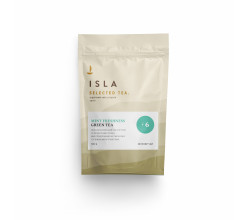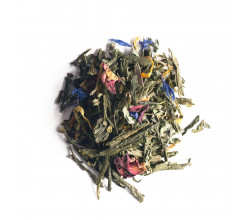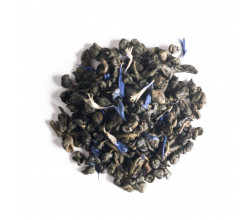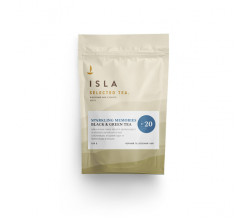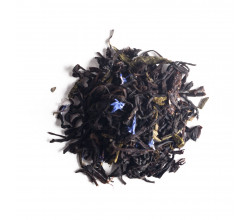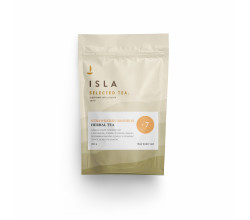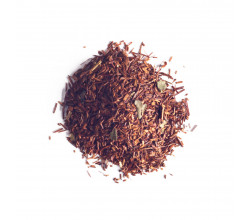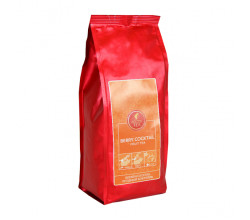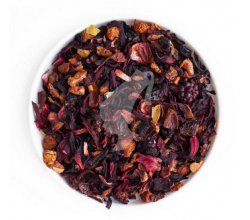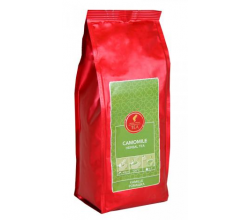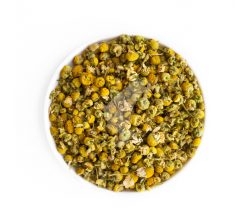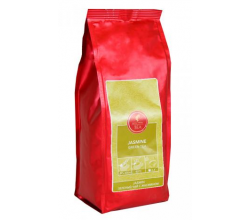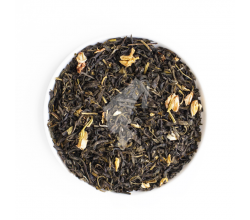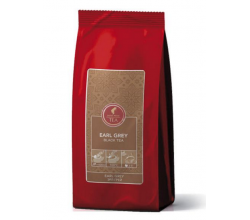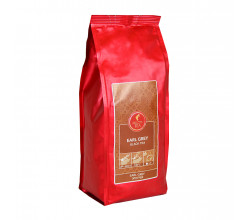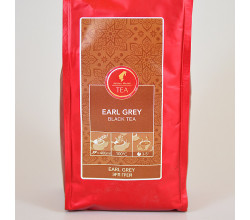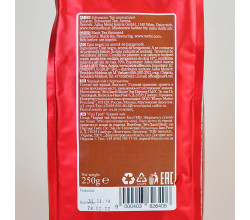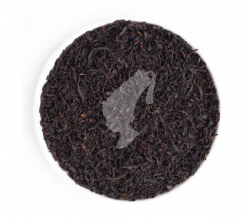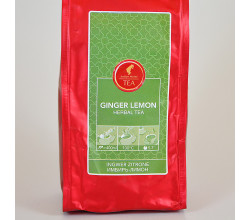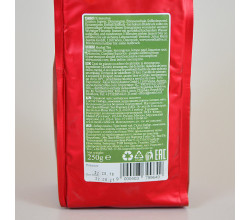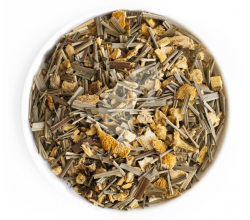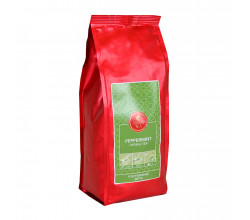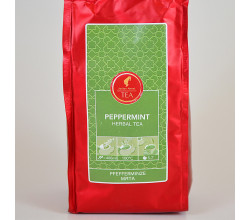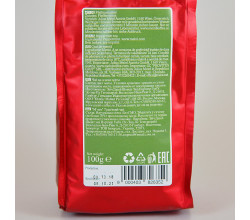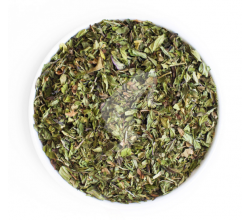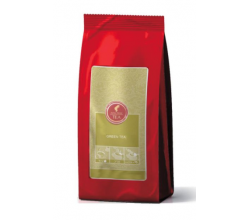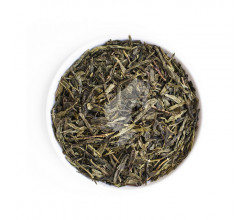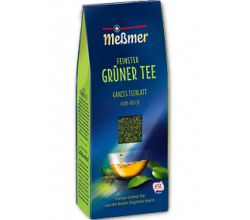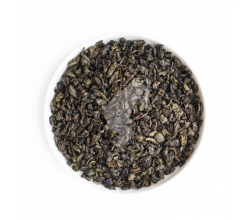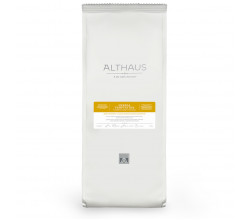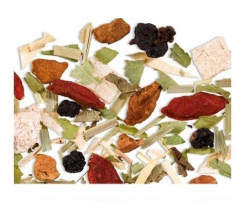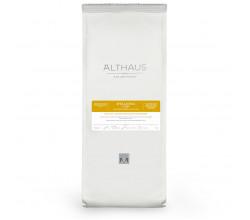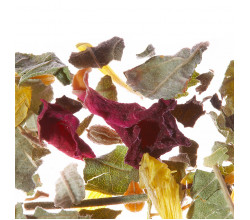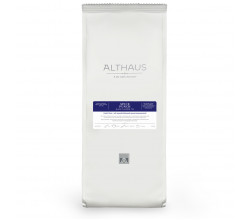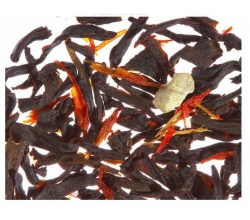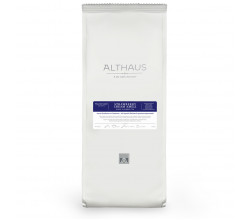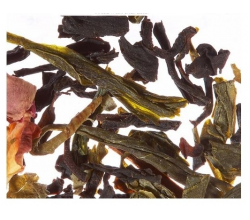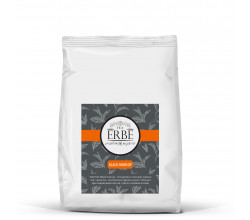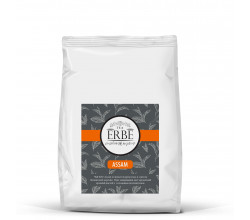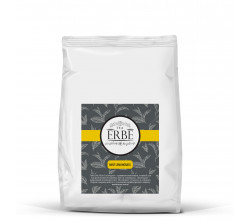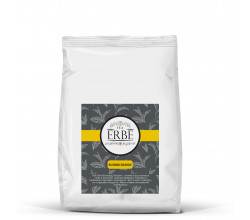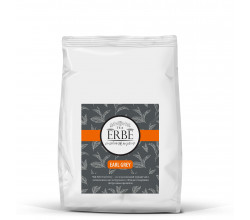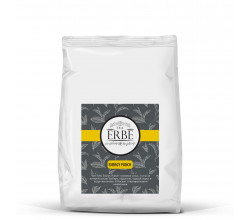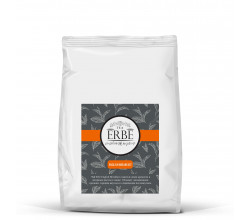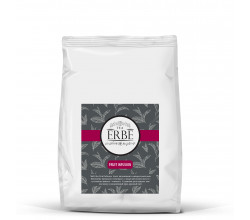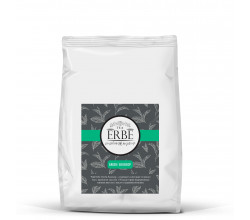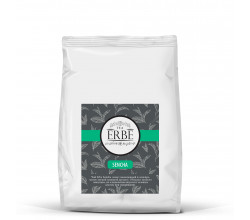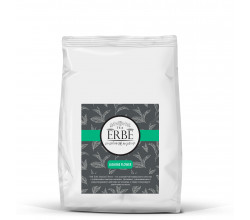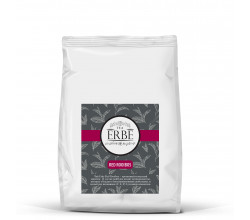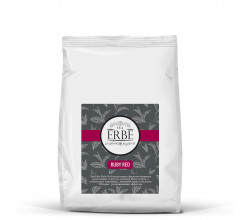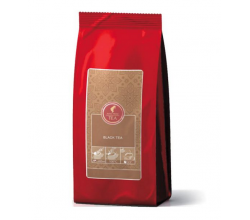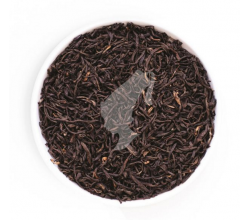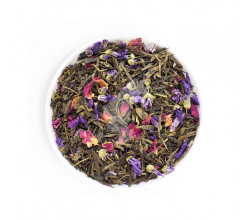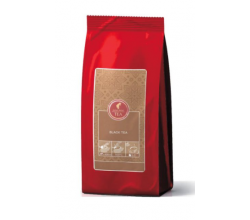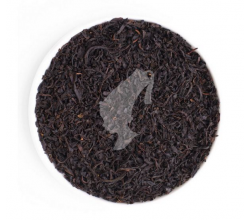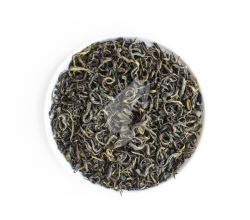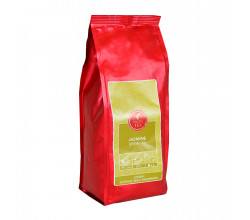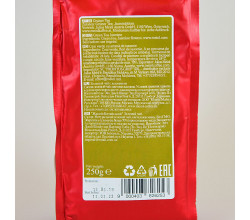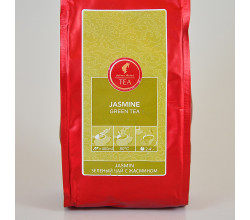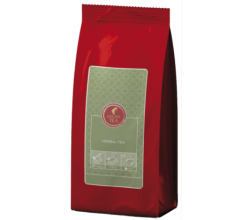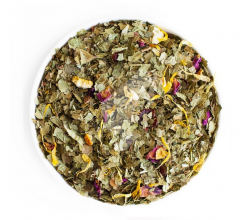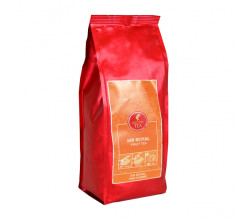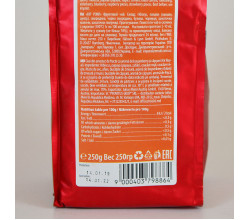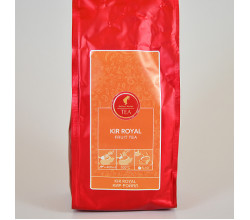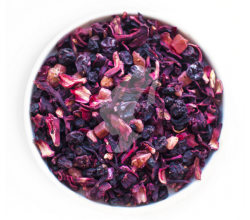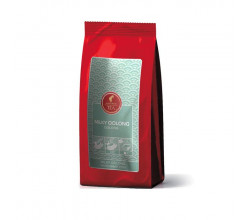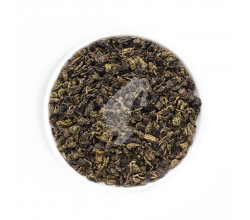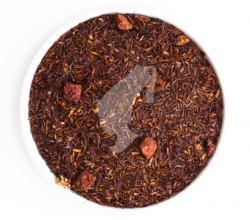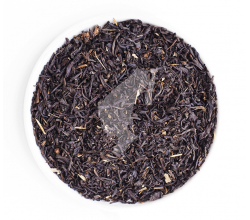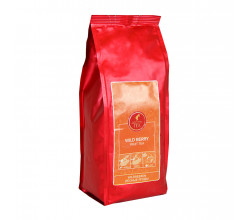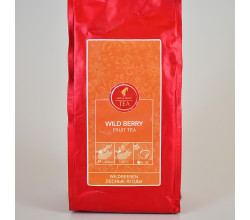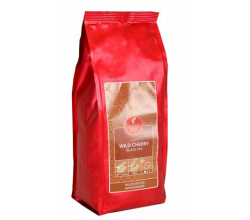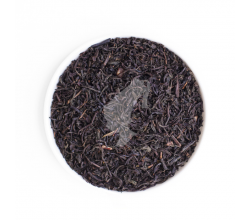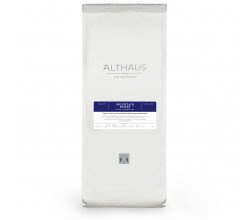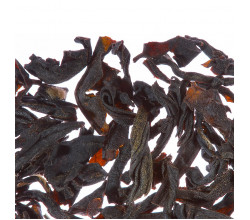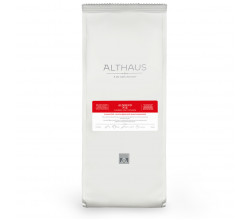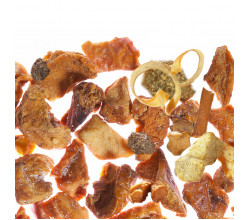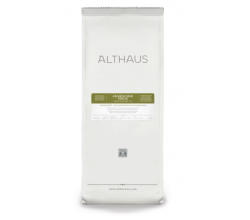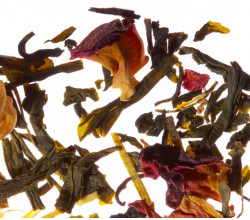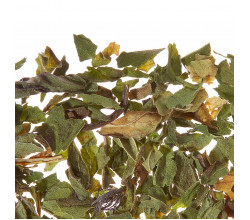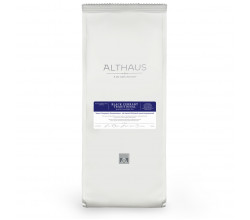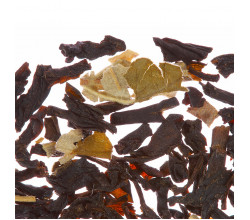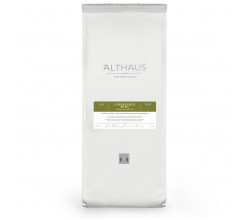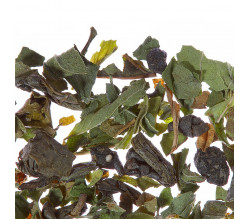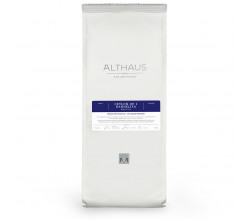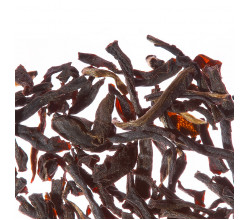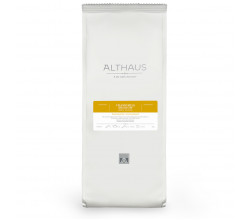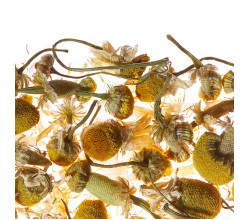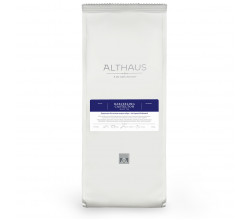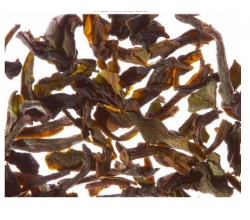Leaf tea
Leaf tea: history, production, varieties
The tradition of drinking this drink, brewing dry tea leaves in hot water for at least 5000 years, and today the assortment of tea is huge. What happens, what to look for when choosing leaf tea, and what tastes does it have? About this in today's article.
Few people know, but tea is not only divided into black, green, etc. There are also three main “types" of tea, or rather varieties of this plant. These are the so-called Chinese, Indian and Cambodian varieties.
It's all about the history of the distribution of this drink. Tea came from China, and it came to Europe from there, but in the 19th century there was a serious conflict between China and Britain, which led to a reduction in supplies. In search of new sources of imports, Britain is creating experimental tea plantations in India. First in the Assam area, and then in Bengal and Darjeeling. No wonder certain types of tea are associated with these names. Most Indian tea is now exported. This is mainly an Assamese variety. It is believed that it has a less pronounced aroma, but a more interesting taste than the Chinese subspecies.
The Chinese variety (Thea sinensis) is perhaps the most popular in the world. Black, green, white and many other types of tea are obtained from this variety.
In some Asian countries there is also their hybrid, a Cambodian variety of tea.
When it comes to the usual separation of black and green tea, it is important to understand that these are not leaves of different plant species, but a consequence of their processing.
After the tea leaf is picked from the bush, it must undergo fermentation, or oxidation. This process can be both spontaneous and controlled. And it is precisely control over it that ultimately affects quality. So, black tea undergoes a much more intense oxidation than green tea. In the premises where it is stored, air is specially replaced 15-20 times a day, so that the process is more complete. But in green tea, they try to prevent excessive oxidation. Sometimes this is achieved using the so-called defermentation, when the tea leaf is steamed or roasted to suspend the process. Interestingly, green tea loses its aromatic properties in about a year, while black tea can be safely stored for several years.
- Among the non-fermented or almost non-fermented teas are Sencha tea, jasmine green tea and yellow tea.
- Among the semi-fermented ones are oolongs (oolongs) of different manufacturers, including spicy and fairly fermented Taiwanese pengfeng oolong, which, thanks to its color, is compared to champagne.
- A fully fermented drink is the usual black tea. It is also called “red” in some countries of Asia. Gives a rich product of a brownish or dark red hue, with notes of flowers and honey. The taste is palpable, but without bitterness.
There is also a special subspecies of post-fermented tea. In this tea, in addition to oxidation, bacterial fermentation also takes place. The most famous representative of this species is puer tea. Its preparation often takes from several months to several years. It is still popularly believed that puer is buried in the ground for fermentation. However, this method has not been used for a long time. Now tea is kept in rooms with a specially maintained climate to ensure a controlled result. Such tea is brewed many times, until the drink has lost its aroma and taste, but the first “water” is drained altogether. It is believed that the first portion of water should wash the leaf and prepare it for use.
Today you can also hear about white and yellow tea. These are semi-fermented teas, on the oxidation scale they are between black and green. White tea is made from young leaves and unopened buds of the tea bush. Processing is minimal. Thanks to this mode, tea has a sweet taste and leaves a pleasant aftertaste.
Yellow tea was produced for a long time only for the imperial court in China, and was banned for export. He is now quite rare and expensive species. The oxidation state of such tea is close to that of green tea, but the taste is much milder than most green teas.
There is no single correct answer as to which tea is right for you, nor is there a universally good taste. Enjoy the invigorating fragrant Earl Gray or feel the delicate taste of milk oolong - the choice is yours. And even better - get a wide arsenal of varieties to delight yourself with something new every day.


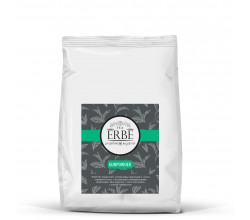
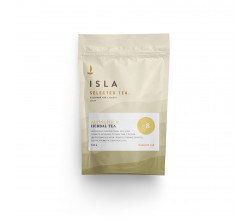
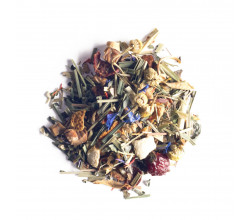
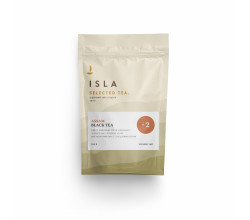
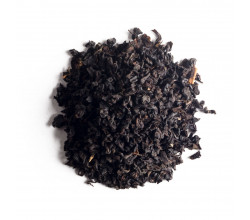
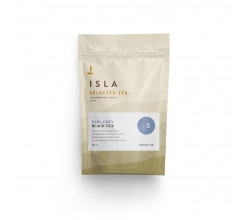
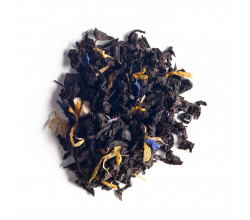
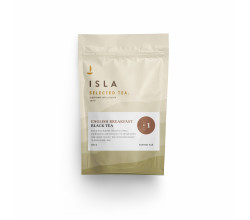
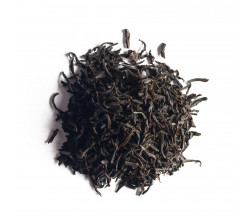
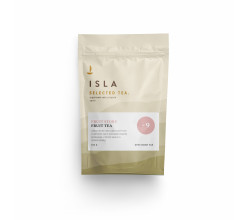
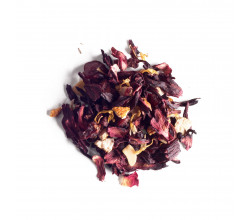

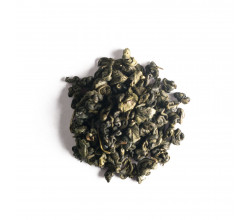
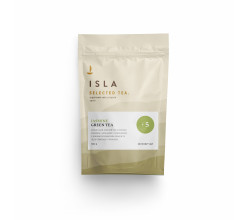


-250x220.jpg)
